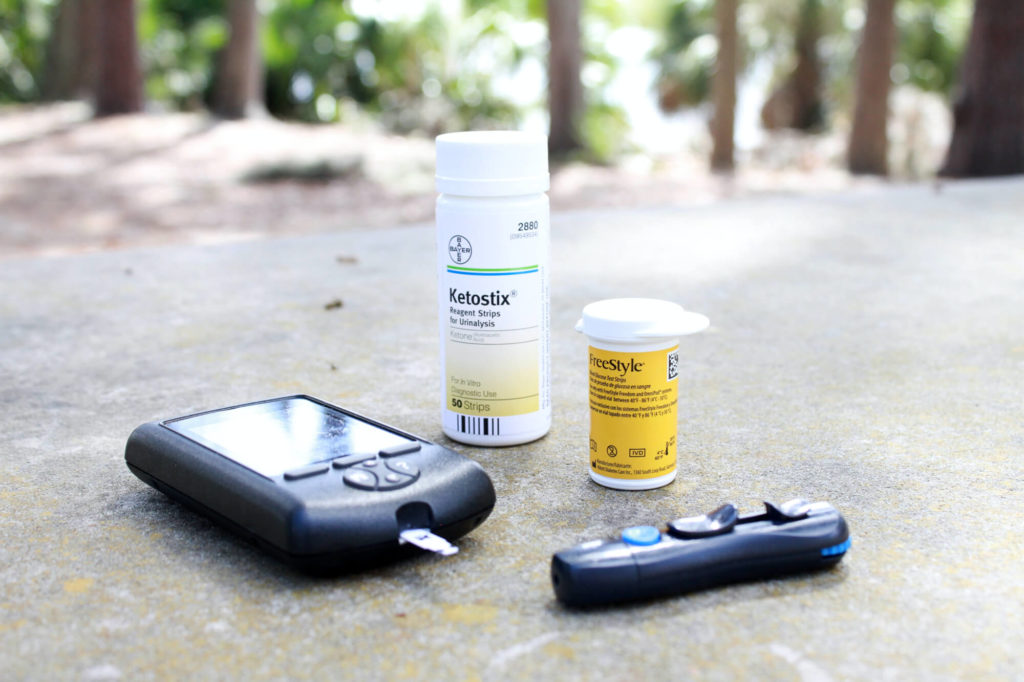Diabetic patients tend to develop eye complications that may range from mild to moderate in severity level. Regular checkups and proper eye care can limit any particular problem from growing. Still, you can also get appropriate treatment to cure eye complications if you have developed them.
Certain diseases may be harmful since they may lead to poor vision or blindness. However, the case may not be the same among all patients who have diabetes. Some diabetic patients may not have any eye-related issues at all.
Let’s look at the most common diabetic eye diseases.
What is Diabetic Eye Disease?
Diabetic eye diseases are a group of eye-related issues in diabetic patients, including diabetic macular edema, glaucoma, diabetes retinopathy, and cataracts.
1. Glaucoma
Glaucoma is the most common eye disease among diabetic patients. There is a higher risk of developing the problem with age. It occurs when eyes experience pressure and constrict the blood vessels that flow blood from the retina and optic nerve. It leads to vision loss and impairment in the nerve. Treatments may include medications and surgery in severe cases.
2. Diabetic Retinopathy
The retina is the inner lining part of each eye. It converts what the eyes see into signals that your brain interprets. It enables you to see the objects around you. If your blood vessels get damaged, it may harm the retina and lead to diabetic retinopathy.
The earlier signs may include weakness of blood vessels, leakage into the retina, or bulge. In case the severity increases, it may cause blockage of blood vessels that create new blood vessels to grow on the retina’s surface. So, abnormal blood vessels may cause severe damage.
3. Cataracts
The lenses in our eyes play a key role in making the structure clear and make our vision proper and precise. But age factor may cause it to be cloudy. Diabetic patients tend to expand dirty lenses known as cataracts. People with diabetes are more likely to develop cataracts at an earlier age. It may happen due to high glucose levels that harm the lenses of your eyes.
4. Maculopathy
The condition takes place when diabetes affects the macula. The macula is present in the area of the retina that enables the vision for reading, driving, and other activities. The swelling may be severe and hard to treat. The disease exemplifies due to progressive loss of central vision that is often bilateral and makes concept function worse.
5. Proliferative Diabetic Retinopathy
The disease occurs due to abnormal blood vessels that develop due to ischemia. This may cause blood leakage into the gel-like substance (vitreous) that leads to fractional changes to the retina’s surface and causes severe impairment in vision loss.
Final Thoughts
If you have diabetes, it is essential to examine your eyes regularly and get an eye check to figure out signs for diabetic eye disease. Prevent your eyes from getting any chronic eye disease if you have diabetes.




